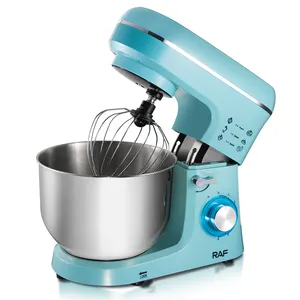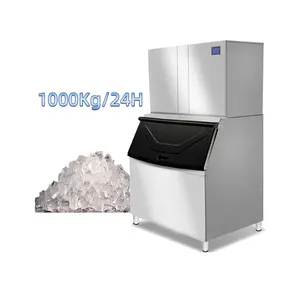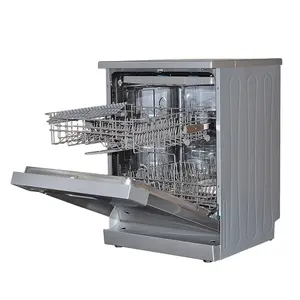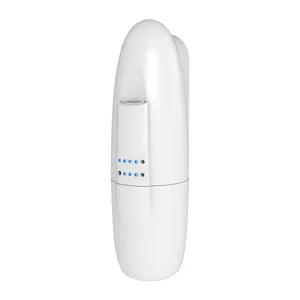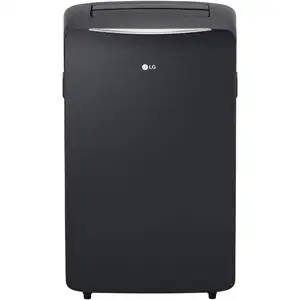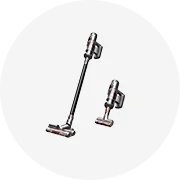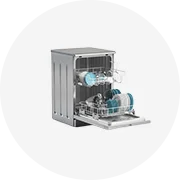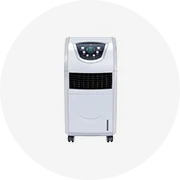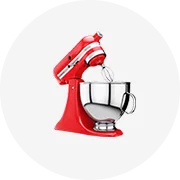Populaire dans votre secteur d’activité






Four électrique de fusion de ferraille multi-protection moyenne fréquence cuivre aluminium
186,67 € - 7 373,40 €
Commande minimale: 1 jeu














Four électrique de haute qualité, en aluminium, pour fonte de fer-blanc
2 800,03 € - 5 600,05 €
Commande minimale: 1 jeu














Prix d'usine Four de frittage sous vide à atmosphère électrique en alumine à haute température de 1600 degrés
14 000,12 € - 16 800,14 €
Commande minimale: 1 pièce







Four électrique de fonderie de métal de capacité personnalisée en usine fours de fusion de fer fonderie d'acier
5 590,72 €
Commande minimale: 1 jeu






L'équipement de fonderie de cuivre métal électrique fonderie
1 120,01 € - 9 333,41 €
Commande minimale: 1 jeu






Dispositif Portable de fusion par Induction pour fontaine métallique électrique 20Kg four à cuivre doré à fusion rapide
2 753,36 € - 4 246,71 €
Commande minimale: 1 jeu






Four à induction avec coque en aluminium, 220 v, 1T, 800kw, pour fonte de métal
17 266,81 €
Commande minimale: 1 jeu
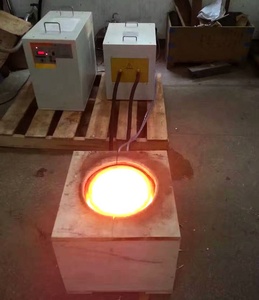
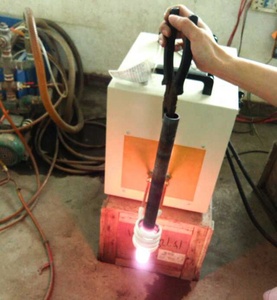

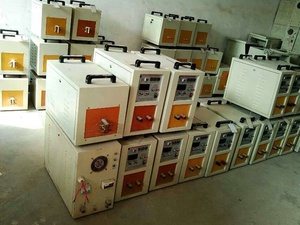


2019 Nouveau four de fusion à induction de ferraille d'acier pour fonderie de métaux
644,01 € - 16 800,14 €
Commande minimale: 1 jeu
Recherches associées:
fonderie métalpetite fonderie métalliquefournisseur de fonderie métalliquefonderie métallique personnaliséemaison fonderie métalliquefonderie fonderiefonderie de type métalfonderie de fer et acieréquipement de fonderie métalliquemachines fonderie de fontefournitures de fonderie métalliquefonderie de ferfonderie en fontefonte fonderie fabricantspetite fonderie



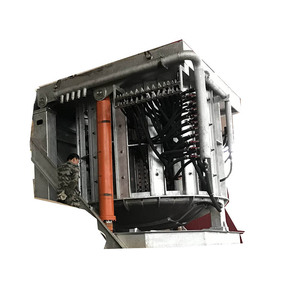
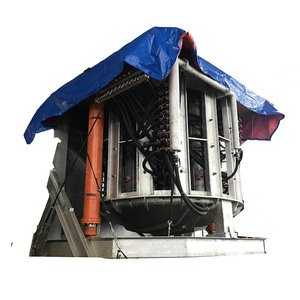
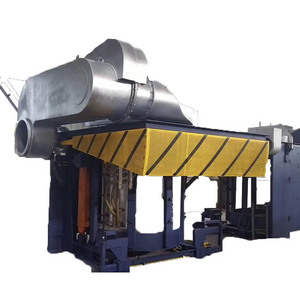
5 tonnes 8 tonnes 10 tonnes 12 tonnes 15 tonnes 20 tonnes 30 tonnes 40 tonnes 50 tonnes 60 tonnes four électrique de fusion de ferraille d'acier à induction pour fonderie de métaux
186 675,67 € - 280 010,71 €
Commande minimale: 1 jeu






Four de fusion électrique industriel 1000 kg (RXS), machine de four à induction pour fontaine
8 866,74 € - 9 332,48 €
Commande minimale: 1 jeu






Four de fusion à induction du meilleur fabricant pour les types de fusion et de fonderie de métaux
7 466,73 € - 46 667,05 €
Commande minimale: 1 jeu






Four à Induction pour fonte de métal, moule en acier inoxydable, fonte rapide
7 000,06 € - 7 080,33 €
Commande minimale: 1 jeu






Four à induction de petit type, capacité de 250kg, pour fonte en acier inoxydable
14 000,12 € - 14 466,79 €
Commande minimale: 1 jeu






Four de fusion à induction supérieur pour les types de fusion et de fonderie de métaux
14 000,12 € - 46 667,05 €
Commande minimale: 1 jeu
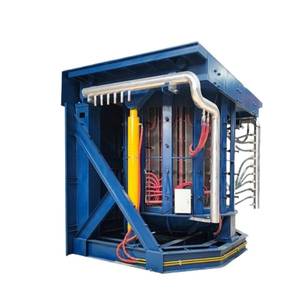


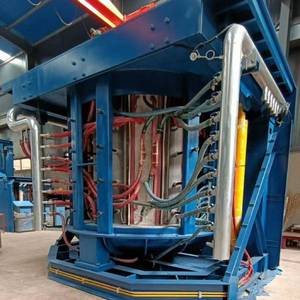


Four à arc électrique de four de fonte de ferraille d'acier à induction de 50ton pour la fonderie en métal
183 867,25 € - 203 467,41 €
Commande minimale: 1 jeu
Expédition par pièce: 1 213,35 €





Meilleure vente petite fontaine 0.25 tonnes cuisinière électrique à fréquence intermédiaire
5 590,72 €
Commande minimale: 1 pièce






Four de fusion industriel électrique en fonte d'acier pour fonderie de ferraille en pot à induction
5 086,71 € - 5 785,79 €
Commande minimale: 1 jeu






Four de support électrique, fabrication chinoise, pour fontaine en aluminium
5 133,38 € - 18 333,49 €
Commande minimale: 1 jeu






Ligne de production automatique pour laiton/cuivre/tuyau/tige, équipement de fabrication de fil de coulée continue pour usine de moulage
4 666,71 € - 18 666,82 €
Commande minimale: 1 unité






Traitement de solution industrielle et fours de vieillissement Solution de fond de goutte Four de fusion Fonderie de traitement thermique
Prêt à être expédié
13 999,19 € - 14 000,12 €
Commande minimale: 1 jeu
Expédition par pièce: 0,00 €






Four de fusion de coquille d'aluminium de petit type à moyenne fréquence pour la fonte de l'acier
6 458,72 € - 16 473,47 €
Commande minimale: 1 jeu






Four de fusion par induction à moyenne fréquence pour fonderie 1 tonne en fonte d'acier inoxydable ferraille cuivre aluminium métal
34 346,95 €
Commande minimale: 1 jeu






Le prix le plus bas machine de chauffage par induction moyenne fréquence four à induction industriel four à induction pour fonderie
33 600,28 €
Commande minimale: 1 jeu






Four électrique industriel à arc (EAF) four de fusion de ferraille d'acier à induction four électrique à arc pour la fonderie de métaux
46 667,05 € - 65 333,87 €
Commande minimale: 1 jeu
Expédition par pièce: 93,34 €






Four de fusion de ferraille d'acier à induction Four à arc électrique 15 tonnes 20 tonnes 40 tonnes 50 tonnes pour la fonderie de métaux
93 334 100,00 €
Commande minimale: 1 jeu






5kg 10kg 50 Kg four de fusion d'acier four de fusion à induction pour fonderie
4 666,71 €
Commande minimale: 1 jeu






Four de fusion à moyenne fréquence de fusion rapide Fonderie de métaux 300Kw et four électrique pour fondre le métal
4 620,04 € - 6 514,73 €
Commande minimale: 1 jeu






Four électrique industriel à arc 3 tonnes 5 tonnes 8 tonnes 10 tonnes pour fonderie de métaux
18 666,82 € - 466 669,57 €
Commande minimale: 1 jeu






Four à induction polyvalent d'une capacité de 1 tonne pour la fusion de fils de cuivre en aluminium dans les procédés de fonderie et de fusion
7 185,80 € - 12 880,11 €
Commande minimale: 1 jeu






Four industriel électrique pour fonte, fonte, métal, modèle 2020, vente en gros
933,35 € - 9 333,41 €
Commande minimale: 1 jeu





Fonte de ferraille, fonte continue, barres d'armature, fraisage de billettes, fabrication de Ccm, usine d'acier, fontaine, four électrique à Induction d'arc
933,35 € - 2 800,03 €
Commande minimale: 1 jeu
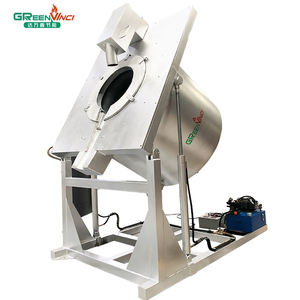
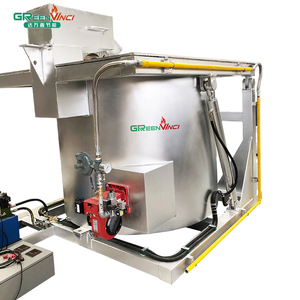




Greenvinci fusion électrique des métaux fusion basculante fours de fusion industriels pour cuivre/aluminium
2 426,69 € - 2 613,36 €
Commande minimale: 1 jeu






1T 2T 5T 10T four fonderie coulée fer métallique en acier acier à induction de fusion électrique four de fusion
24 266,87 € - 28 000,23 €
Commande minimale: 1 jeu
Meilleures catégories
Concernant fonderie métallique électrique
6179 fonderie métallique électrique sont disponibles sur Alibaba.com. Une large gamme d'options de fonderie métallique électrique s'offre à vous comme des usine de fabrication, des machines de réparation magasins et des construction. Vous avez également le choix entre un la russie, un indonésie et un viet nam fonderie métallique électrique, des plc, des moteur et des moteur fonderie métallique électrique et si vous souhaitez des fonderie métallique électrique nouveau, utilisé.
